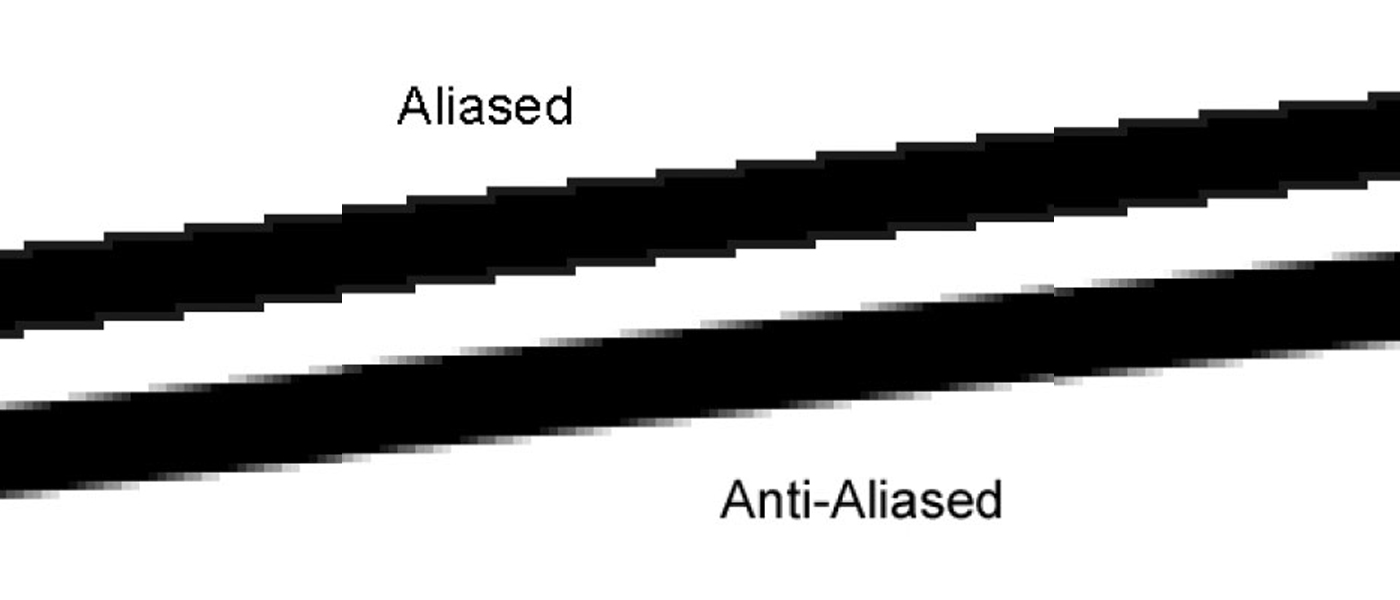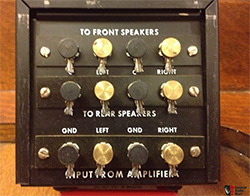Question:
This might take a moment to “set up,” so I hope I can get to my two questions without completely losing you! I have vintage analog equipment for stereo audio and video reproduction but have been pleased thus far, despite technology and budget limitations.
My “system” starts with a 1990s vintage Sony HST-231 component stereo system which has a switching panel for CD, Video, Phono, Tuner and Tape and 5 band EQ. I think the sound reproduction is still very excellent despite its age. My audio speaker level outputs from the Sony component stereo first go into a small Sony powered subwoofer with adjustable crossover and my front main speakers are connected to the sub in a “2.1” configuration. Analog stereo sound for video content comes from my LCD TV’s RCA L+R output jacks into the Sony stereo unit.
I have wired a pair of rear surrounds in a Hafler passive matrix circuit (derived stereo difference signal) which are driven off of a 1980s vintage Craig 5502 integrated receiver for which I paid $15.00 at a thrift store and this gives me full volume control over the surrounds. The Craig unit receives its audio input from the Sony stereo system through an analog L+R pre-amp cable with RCA connections. Rear surround speakers are vintage compact Braun “Output-C” bookshelf speakers and they do a nice job for the purpose. They are mounted at the sides and slightly behind the main seating position about 5 1/2′ above the main seating position and are firing towards each other to create a diffuse sound field.
Question # 1 – I want to be able to introduce a 15 to 30 msec. delay at the rear surrounds to add spaciousness to movie audio (DVD/Blu-Ray, Netflix) and to compensate for speaker distances between the front mains and surrounds for music playback. Would an A-D-A processor such as an Alesis Nanoverb (baseline or 2nd generation Nanoverb 2) give me the delay capability I’m looking for if I put it on the pre-amp line between the Sony (front) and Craig (rear) units ?
Question # 2 – I may be asking too much with this one- I am also driving a front center channel speaker (for dialogue) through the Craig receiver fed from the summed stereo information from the rear Hafler circuit. It’s complicated but it works. The rear surrounds and center channel speaker are controlled through a master volume control on the Craig. If I insert a delay device on the pre-amp line coming into the Craig for the surrounds, that delay would also affect the center channel speaker which I don’t want to do. Could I somehow apply the delay only to the rear surrounds and not affect the front center speaker since they’re being driven off of the same Craig receiver? Like most integrated receivers of its day, the Craig receiver has “main” and “remote” speaker wire push-in connections on its back panel, so my front center channel speaker is switchable through the Craig’s “main/remote/both” speaker selector. Since rear delay is a priority, should I simply drop the separate center channel speaker idea and just use the TV’s onboard speakers? If a line sketch or system layout would help, I could provide that separately.
Hope this all makes sense. Thanks for taking the time to help this “thrifty” home theater nut.
– Brad S
Battle Creek, MI
Answer:
It is time to replace your equipment with a unit that supports HDMI and has ` level and delay adjustments for the speakers. Your present system uses a passive matrix decoder from the 1970s that supplies only 6dB separation between front to back with correctly encoded material. DTS and Dolby require different matrix encoding, meaning the 6dB is not achievable. Today fully discrete high-resolution lossless playback can be had in every AVR. Accessories4Less.com (just a sample site with a good reputation) quotes last year’s 5.1 models at $120 -$130 (list price = $200 – $250). Ten years ago, HDMI support set one back $1000, but part costs have tumbled since then.
Your stereo unit’s power amplifier is rated to only 70Hz. For $120, one can get five amplifiers that can achieve 20Hz full power with any two driven. Their solid-state controls are also an advantage; in contrast, your old unit has analog switches and controls that degrade with time.
Your Blu-Ray player has an HDMI output to source the high resolution multichannel material. Buy the cable online for less than $10. Brick-and-mortar stores sell the cables and similar accessories at higher prices to pad their profit margins.
All $120 –$130 offerings I found have two to five channel synthesis modes deploying DSP processing. It should sound better than the passive approach you currently use. Not all 8 major brands offer entry level products include hall and clubs synthesis modes that may include reverb. I could not check everything but I verified at least Yamaha has produced such products.
WARNING TO THOSE WITH OLD STEREO EQUIPMENT: not all older units should be discarded. 1950- to 1980-vintage equipment that did not rot in an attic or garage may be saleable on eBay at attractive levels. Many audiophiles tend to be nostalgic — if a product resembles something they wanted at age 16, but could not afford, then markets on eBay firm quickly. For example, a non-functioning Marantz 2245 (a 1971 entry-level transistor receiver) commands $120; far higher, when working. A couple of dreadful Fisher 500TX (1969 transistor receiver, not the early 500 model with tubes) that were functional surprisingly sold for $500 last month. Prices of some 1950s- and 1960s-vintage speakers also trade in the three-figure range. In fact, individual working drivers may have value. A quick eBay search will provide context.
Even a well-kept sample of Brad’s passive Dynaco Quadaptor runs $15 – $20!




